Bio design – jewelry by Bartosz Maria Chmielewski
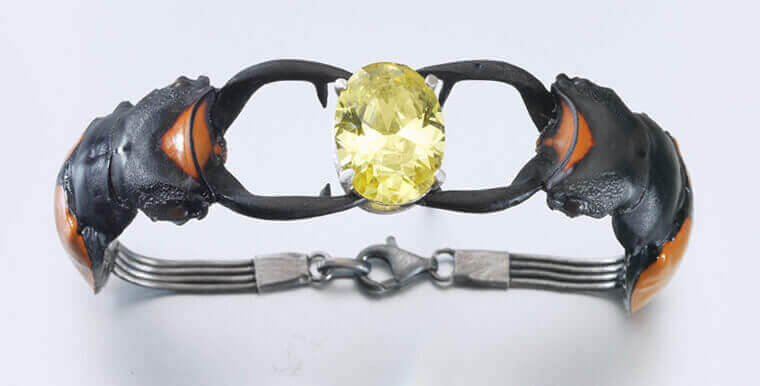 Array
Array
For several years a trend growing stronger can be observed in which designers are not only inspired by nature, but co-create with its participation. Artists allow biomaterials a random growth, forming, which then can be adopted to create a new item.
Consumers are becoming more demanding, so the aesthetic appearance of the product offered is not enough – it has to follow a specific vision, a promise to change the world for the better. The process of creating, history built around the project – this latent value, which is included in the price and greatly increases the chances of a lucrative sale.
On this year’s design week in Milan, there was an interesting exhibition under the title Living matter (s), which presented the items made from biomaterials. The exposure offered a variety of things such as a stool made of bio-resin, self-growing vessels made of a mixture of mycelium and unspecified, organic matter, and samples of the new materials created with the dissected beetles armor, ground teeth of humans and animals.
The designer, who based the work on experiments with the material, must reckon with the fact that the effect that is achieved is each time unique. What is important – it does not mean that such products are not suitable for mass production. The authors left their doors open, mentioning that each additional copy will differ from the previous one – with unchanging style of the whole object. As a result, the client is able to decide to order the object, even if the final effect can not be one hundred percent determined.
This is a smooth introduction to what is happening in the world of contemporary jewelry, which has long stopped looking like well known ornaments from grandma’s coffers. The current inventors of jewelry fit within the phenomenon of widely understood design, and like other artists, mainly experiment with materials. In the paper published on the occasion of Milan Design Week 2015 The Dots we can read:
I work searching for new materials and approaching the project in a scientific manner. Many of the things which I decide on are based on intuition. I wonder what happens if I do so … and mix some things, like checking how they react with each other. Everything I create results from the continuous trials and errors.
This curiosity and freshness of view is close to the designer, whose silhouette I would like to present you below. Bartosz Maria Chmielewski, who is the one to be described , is an interesting example of how quickly changes are taking place in contemporary jewelry which is currently being something on the border of fine art and art design.
Bartosz comes from Warsaw and was born in 1983 – despite the young age, his character significantly out stands in the Polish artistic jewelry scene. He has created his own, completely separate method of working with jewelry. Although he started from a typical goldsmith’s workshop soon it became clear that without enriching it with new, more expressive materials he was not able to obtain the desired effect. He managed to see the beauty in the material, place and subject matter, which a normal person considers to be unattractive, rejecting, or even deliberately ignores its existence.
He was not the first artist who based his work on the delicate matter of ugly things, evoking anxiety, typically associated with death. Although when creating he uses rather unusual materials such as dead insects, the reason for that is different than in the case of for example Damien Hirst, who had worked with a similar matter more than ten years before Chmielewski.
Hirst’s installations were primarily to shock – Bartosz saw in dead insects an interesting form, texture, color – a material with the potential to become a beautiful adornment attire. His work is closer to the one of Jan Fabre or Marta Mattson. The former treats iridescent-green insects as a theme, which through multiplication gains incredible power of artistic expression. The latter, pushed by similar motives as Chmielewski and at a similar time, began to use dead insects in her jewelry.
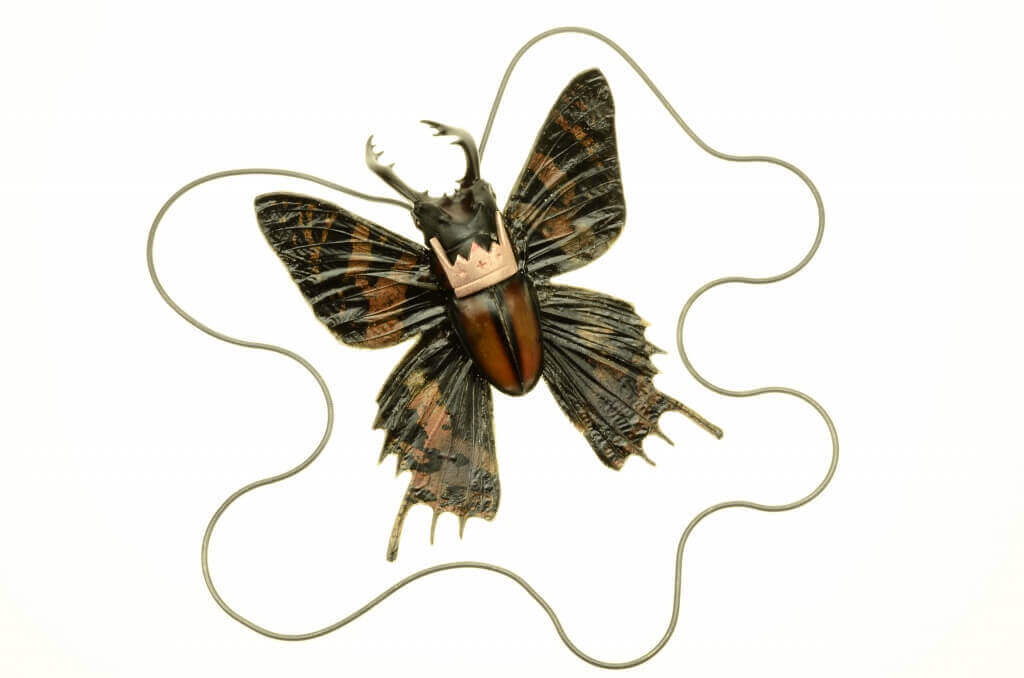
Necklace by Bartosz Maria Chmielewski; Materials: gold-plated silver, oxidised silver, chitin, butterfly wings, epoxy resin
Bartosz on his website says:
I have no problems with mathematics and physics, but I have never been attracted towards “slide and eye”. But I’ve always liked to dismantle something and put it back together.
The artist according to this idea breaks down the insects into pieces and arranges them in a completely new forms, making a kind of recycling, acting in accordance with the spirit of the times in which he lives, which put particularly strong emphasis on design and nature coexistence.
One of the most important aspects affecting the shape of Chmielewski’s jewelry is the object – man relationship. The artist from the very beginning of his artistic career has been noticing the potential of jewelry, which because of its characteristic, affects the viewer directly. In some way he forces people to touch things that they would prefer to stay away from He shapes his products in such a way so that the user at first is not able to guess what he or she is actually wearing. Colored cricket legs, detached from the whole, seem to be plain, decorative element, whose real origin we are able to guess only after closer examination.
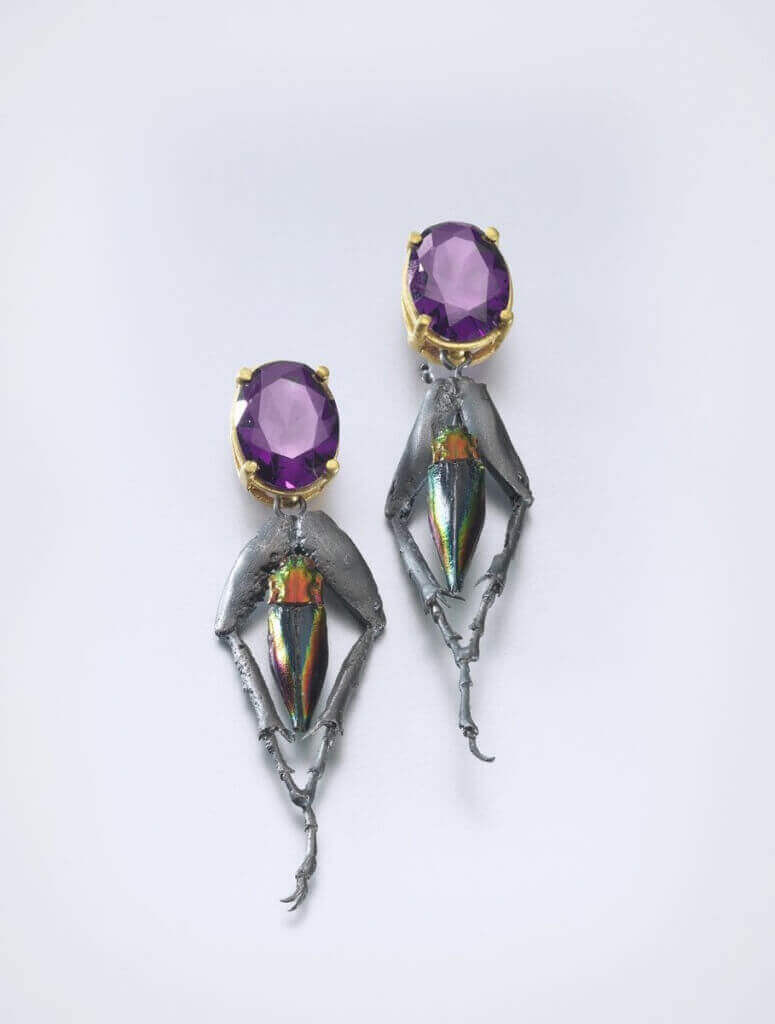
Earrings by Bartosz Maria Chmielewski; Materials: gold-plated silver, oxidised silver, rhinestones, chitin
Earrings presented in the picture above are a good example of work in which the artist tries to make quite a repulsive insect more attractive, showing us that what seems to be disgusting, may have an interesting, attractive interior. In this way he is trying to encourage us not to accept things as they seem to be – without further analysis. It is as if to say: be curious to see farther, do not get yourself closed in the scheme of thought.
The works of Bartosz are not so much pretty as aesthetically interesting. Probably this is why he is a participant of numerous exhibitions in the country and the world. His jewelry is in the collections of prestigious galleries, including La Basilica Gallery in Barcelona and Art Gallery in Legnica. More recently, we could see his work on display Natural, mystical avant-garde in London. The artist himself can be met every year during the Legnica Silver Festival, where he has been a regular point of a programme for several years together with a group called Au +, which he is a member of.

Necklace by Bartosz Maria Chmielewski; Materials: silver, oxidised silver chitin, leaf beetle, epoxy resin
What is important – jewelry by Chmielewski is functional, and insects are prepared in such a way so that they do not get damaged when being worn. The work of Bartosz is not only art but also product. Design is to please the eyes and carry with it some thought, history. Although we still associate jewelry with a simple trinket without content – thanks to such people as Bartosz Chmielewski this attitude is gradually changing. And the presence of jewelry designers on the worldwide design events ceases to surprise.
Bibliography:
1. A. Włodarczyk – Kulak, M. Kulak, O sztuce nowej i najnowszej – główne kierunki artystyczne w sztuce XX i XXI wieku, Warszawa – Bielsko – Biała 2010, PWN s. 363
2. A part of an interview with Marjan van Aubel, the authour of chairs made from bio-resin http://connecting.thedots.nl/marjan-van-aubel-a-portrait/ [accessed 22 May 2015]
3. http://janfabre.be/angelos/en/about-jan-fanre/ [accessed 11 January 2016]
4. http://www.bartoszmariachmielewski.pl/ [accessed11 January 2016]
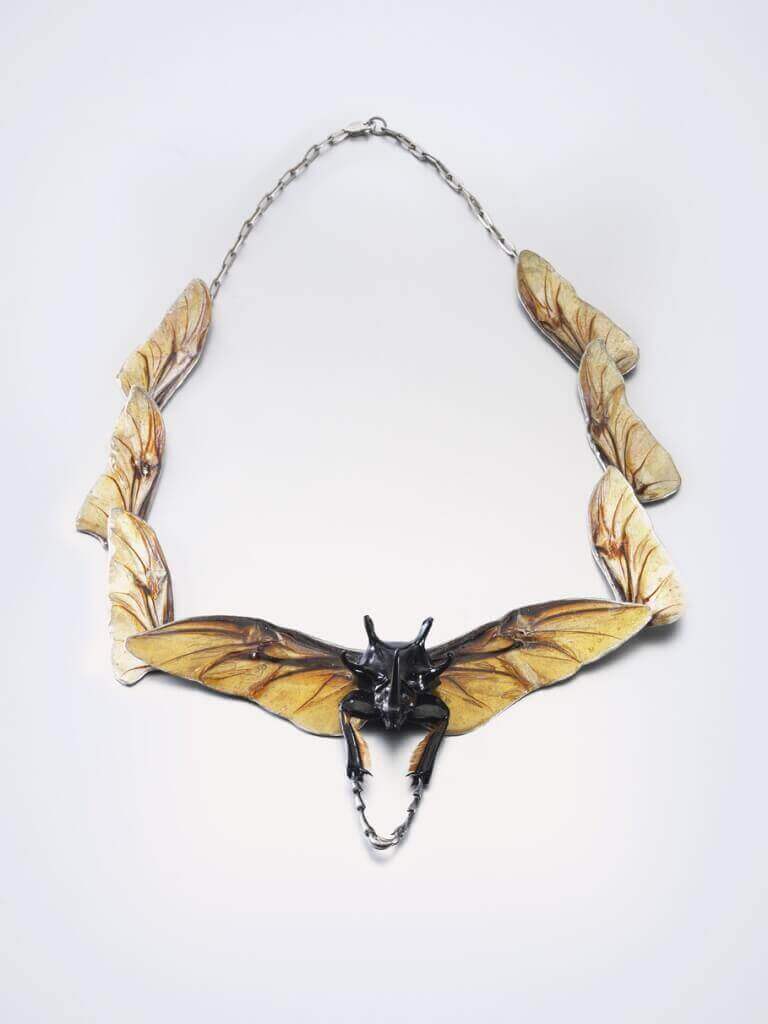
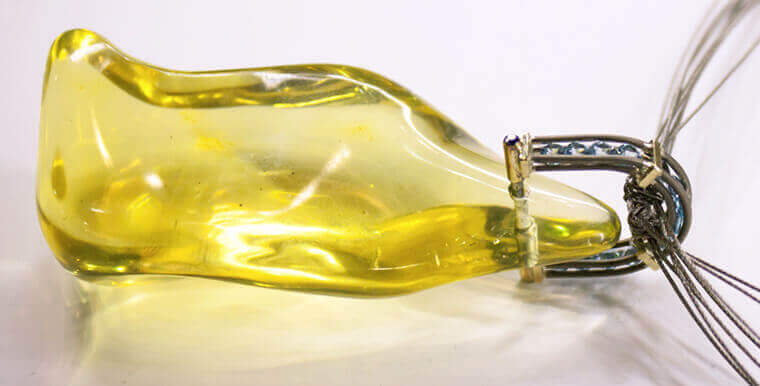


Tell us, what do you think about it